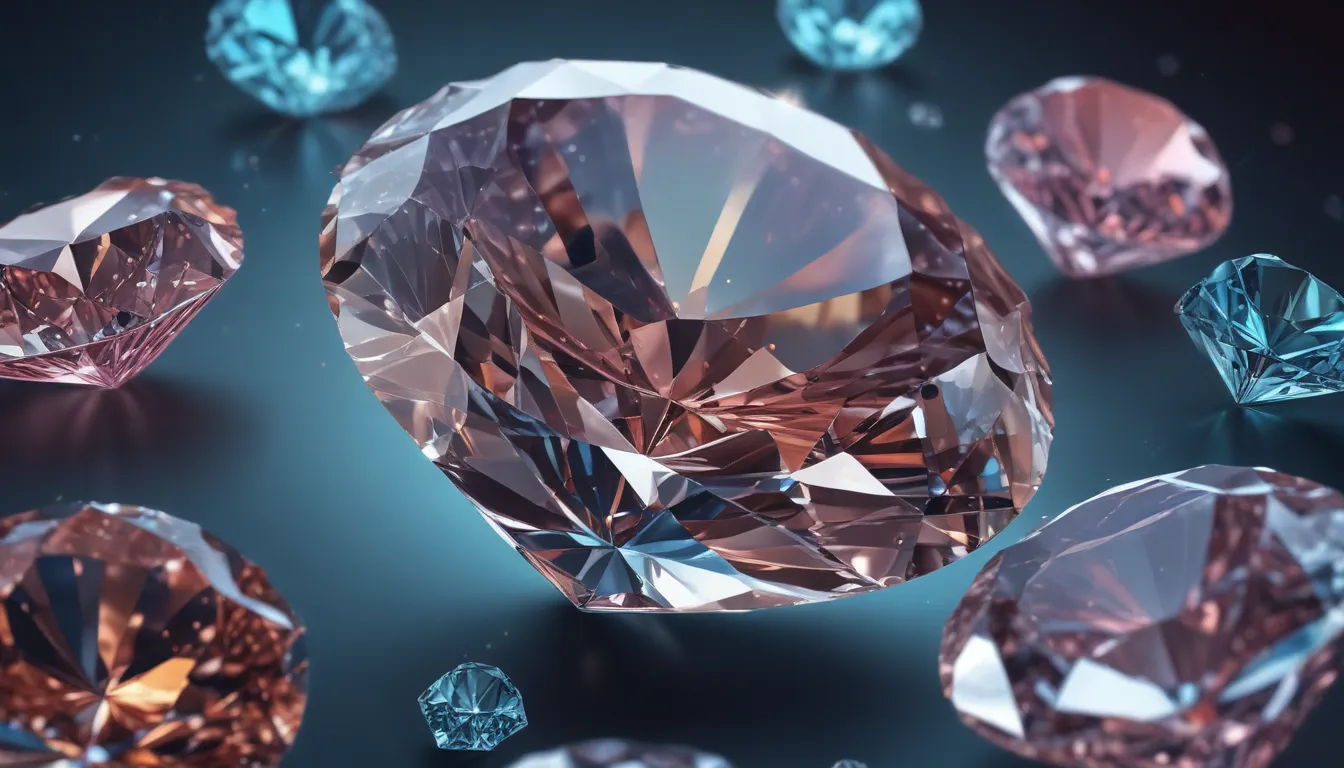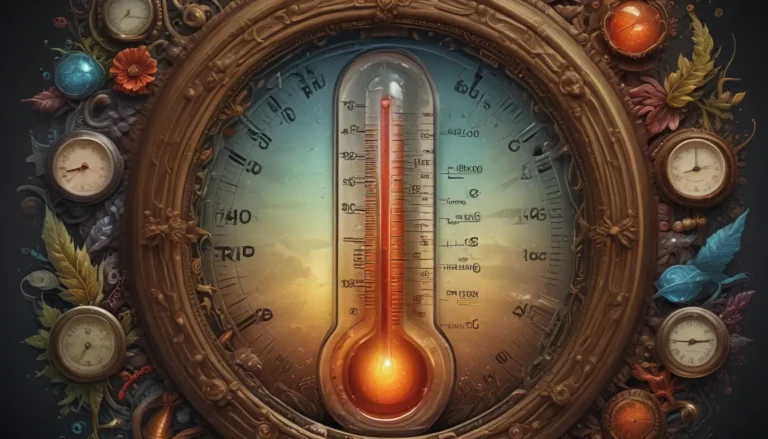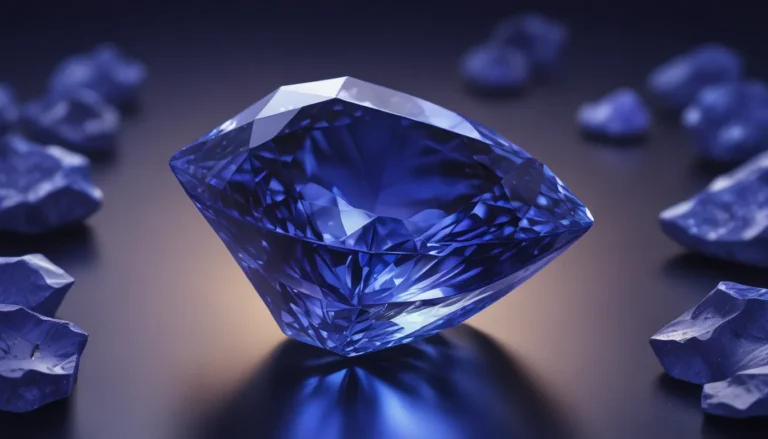A Note About Images: The images used in our articles are for illustration purposes only and may not exactly match the content. They are meant to engage readers, but the text should be relied upon for accurate information.
Are you intrigued by the world of lab-grown diamonds? Do you want to know more about these sparkling stones that have captivated the jewelry industry and eco-conscious consumers alike? In this post, we will delve into the fascinating realm of lab-grown diamonds, uncovering 20 must-know facts that will change your perception of these modern marvels. From their creation process to their environmental impact, quality, and cost, get ready to be enlightened about the innovative alternative to traditional mined diamonds. Whether you’re a jewelry enthusiast, an advocate for sustainability, or simply curious about technological advancements, this comprehensive guide will illuminate the captivating world of lab-grown diamonds.
Unveiling Lab-Grown Diamonds: The Ultimate Alternative
Lab-grown diamonds are not mere imitations; they are genuine diamonds cultivated in controlled environments using advanced technological processes. Unlike natural diamonds that take billions of years to form beneath the Earth’s surface, lab-grown diamonds are created within weeks or months in specialized labs. Two primary methods, High Pressure High Temperature (HPHT) and Chemical Vapor Deposition (CVD), replicate the natural diamond formation process, resulting in stones that possess identical physical, chemical, and optical properties as their mined counterparts.
- Lab-grown diamonds are authentic diamonds, mirroring the properties of mined diamonds.
- The HPHT method simulates the high-pressure, high-temperature conditions found deep within the Earth.
- CVD diamonds are crafted atom by atom in a controlled vacuum chamber, replicating the natural carbon deposition process.
Environmental and Ethical Advantages: A Sustainable Choice
One of the most compelling reasons for the surging popularity of lab-grown diamonds is their minimal environmental impact compared to mined diamonds. The extraction of natural diamonds can be ecologically damaging, involving extensive land excavation, water consumption, and fossil fuel usage. Lab-grown diamonds offer a sustainable alternative that promotes environmental conservation.
- Production of lab-grown diamonds results in reduced carbon emissions compared to mining operations.
- Water usage during the creation of lab-grown diamonds is significantly lower, making them a more eco-friendly option.
- By eliminating the need for mining, lab-grown diamonds safeguard natural landscapes and ecosystems.
Cost Efficiency: Value without Compromise
When it comes to purchasing diamonds, cost is a crucial factor for many buyers. Lab-grown diamonds often provide better value for money, being less expensive than their mined counterparts. This affordability allows consumers to acquire larger or higher-quality diamonds for the same budget.
- Lab-grown diamonds can be up to 30% more affordable than mined diamonds.
- Despite the lower price, lab-grown diamonds meet stringent quality standards.
Diversity and Accessibility: A Diamond for Every Desire
Advancements in diamond-growing technology have expanded the variety of lab-grown diamonds available in the market. Consumers can now choose from a wide range of sizes, shapes, and colors to find the perfect diamond that meets their preferences and requirements.
- Lab-grown diamonds are available in all popular cuts, including round, princess, cushion, and more.
- Colored lab-grown diamonds offer unique hues that are uncommon in nature.
Shaping the Future: The Evolution of Lab-Grown Diamonds
As technology progresses, the production of lab-grown diamonds becomes more efficient and widespread. This trajectory is expected to continue, establishing lab-grown diamonds as a preferred choice for jewelry, industrial applications, and beyond.
- Innovations in production processes are making lab-grown diamonds increasingly accessible.
- The growing acceptance of lab-grown diamonds challenges traditional notions of value and luxury in the jewelry industry.
Ethical Dimensions: Conflict-Free Assurance
In addition to their environmental benefits, lab-grown diamonds provide a conflict-free alternative to mined diamonds. This ethical aspect is particularly significant for consumers concerned about the social implications of their purchases.
- Lab-grown diamonds guarantee conflict-free sourcing, mitigating concerns related to “blood diamonds.”
- Choosing lab-grown diamonds supports technological progress and reduces reliance on exploitative mining practices.
Enduring Beauty: Durability and Maintenance
Despite being man-made, lab-grown diamonds exhibit the same durability as natural diamonds. With a hardness rating of 10 on the Mohs scale, these diamonds are resilient against scratches and damage, requiring minimal care to maintain their brilliance.
- Lab-grown diamonds share the maximum hardness rating of 10 on the Mohs scale with natural diamonds.
- Maintenance for lab-grown diamonds is akin to that for natural diamonds, involving regular cleaning and occasional professional inspections.
Certification and Evaluation: Ensuring Quality and Authenticity
Similar to mined diamonds, lab-grown diamonds can undergo certification and appraisal to verify their quality and characteristics. Accredited laboratories issue grading reports detailing a diamond’s cut, color, clarity, and carat weight.
- Lab-grown diamonds receive certification from reputable grading entities to guarantee their quality.
- Consumers can use these certifications as tools for comparing diamonds and making informed purchase decisions.
Impact on the Diamond Industry: A Paradigm Shift
The ascent of lab-grown diamonds is reshaping the diamond industry, offering consumers a wider array of choices and disrupting traditional business models.
- Lab-grown diamonds are gaining traction in the global diamond market, driven by increasing consumer demand.
- The popularity of lab-grown diamonds is prompting more jewelers and retailers to expand their offerings, diversifying the market landscape.
Embracing Lab-Grown Diamonds: A Sustainable and Stylish Choice
Lab-grown diamonds epitomize the fusion of innovation, sustainability, and allure in the jewelry sphere. By opting for lab-grown diamonds, consumers not only make a responsible ecological choice but also invest in affordable luxury that doesn’t compromise on quality. With technological advancements rendering lab-grown diamonds virtually indistinguishable from mined ones, these diamonds represent a harmonious blend of human ingenuity and natural beauty. As awareness of environmental issues grows, lab-grown diamonds emerge as beacons of sustainability and ethical integrity in the jewelry segment. Whether for an engagement ring, a meaningful gift, or a personal indulgence, selecting a lab-grown diamond signifies a conscious decision that benefits the planet and the pocket. They aren’t just a passing trend; they are a glimpse into the future of exquisite jewelry craftsmanship.
Trustworthy Content at Your Fingertips
Our commitment to delivering authentic and engaging content is the cornerstone of our mission. Every fact presented on our platform is contributed by real users like you, enriching our database with diverse insights and knowledge. To ensure accuracy and reliability, our dedicated editors meticulously review each submission, guaranteeing that the information shared is not only intriguing but also credible. Count on us to provide you with high-quality, trustworthy content as you explore and discover new horizons.






